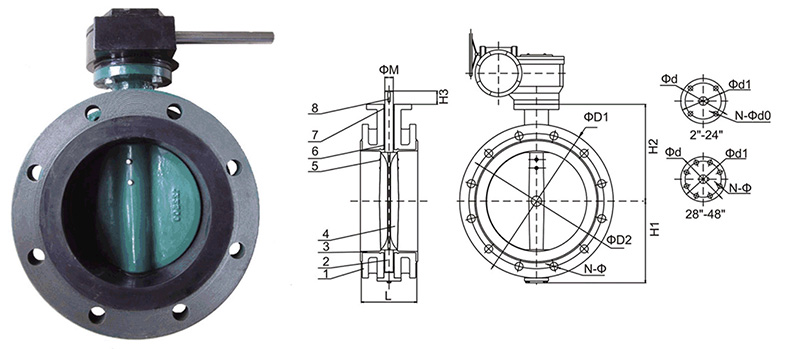Oktoba . 14, 2024 08:31 Back to list
ball type foot valve
Understanding Ball Type Foot Valves Function, Design, and Application
In the realm of fluid control systems, the ball type foot valve plays a crucial role in ensuring the efficient operation and management of liquids. The foot valve, a type of check valve, is typically installed at the end of a suction line in pumps, primarily serving to maintain a prime in the system. This article explores the design, function, and applications of ball type foot valves, highlighting their significance in various industries.
What is a Ball Type Foot Valve?
A ball type foot valve is essentially a check valve that employs a ball (or spherical) mechanism to control flow. It is placed at the inlet of a pump to prevent the backflow of liquid when the pump is off. The valve features a rounded ball within a housing that is held against a seat by the weight of the fluid or a spring. When the pump operates, the pressure from the incoming fluid pushes the ball away from the seat, allowing liquid to flow into the pump. Once the pump shuts off, the ball returns to its resting position, effectively sealing the opening and preventing liquid from flowing back out.
Design Considerations
The design of a ball type foot valve is critical to its performance
. Manufacturers typically construct these valves from durable materials such as brass, stainless steel, or plastic, ensuring they can withstand various environmental conditions and the corrosive nature of some fluids. The size of the ball and the valve body must match the intended application to optimize flow rates and prevent any potential clogs. Additionally, proper sealing mechanisms are essential to prevent leakages and ensure a reliable operation.Functionality and Benefits
ball type foot valve

The primary function of a ball type foot valve is to maintain a prime in a pump system. By preventing backflow, the valve helps to avoid cavitation, a phenomenon that can cause significant damage to pump components. This is particularly important in applications where consistent pressure is needed to maintain system efficiency.
One notable benefit of using a ball type foot valve is its simplicity and reliability. The design allows for minimal maintenance while delivering consistent performance, making it a preferred choice in many industries, including agriculture, water treatment, and construction. Furthermore, its versatile nature enables it to be used with various fluids, including water, chemicals, and other liquids.
Applications in Various Industries
Ball type foot valves are widely utilized across different sectors. In agricultural applications, they are often employed in irrigation systems to maintain water levels in pumps, ensuring crops receive adequate moisture. In water treatment facilities, these valves help regulate flow in filtration processes, preventing contamination from backflow. Similarly, construction sites use foot valves in dewatering pumps to manage excess water and keep work areas safe.
Additionally, they find applications in industrial processes, including chemical handling and fuel transfer. The design of the ball type foot valve makes it suitable for environments where reliability and efficiency are paramount.
Conclusion
In summary, ball type foot valves are integral components of fluid control systems that ensure pumps operate efficiently and safely. Their design, functionality, and versatility make them invaluable in numerous applications, from agriculture to industrial processes. Understanding the role of these valves can lead to better maintenance and management practices, ultimately enhancing system performance and longevity. Whether in water treatment, irrigation, or chemical processing, ball type foot valves provide a reliable solution for fluid management.
Share
-
Reliable Wafer Type Butterfly Valves for Every IndustryNewsJul.25,2025
-
Reliable Flow Control Begins with the Right Ball Check ValveNewsJul.25,2025
-
Precision Flow Control Starts with Quality ValvesNewsJul.25,2025
-
Industrial Flow Control ReliabilityNewsJul.25,2025
-
Engineered for Efficiency Gate Valves That Power Industrial PerformanceNewsJul.25,2025
-
Empowering Infrastructure Through Quality ManufacturingNewsJul.25,2025